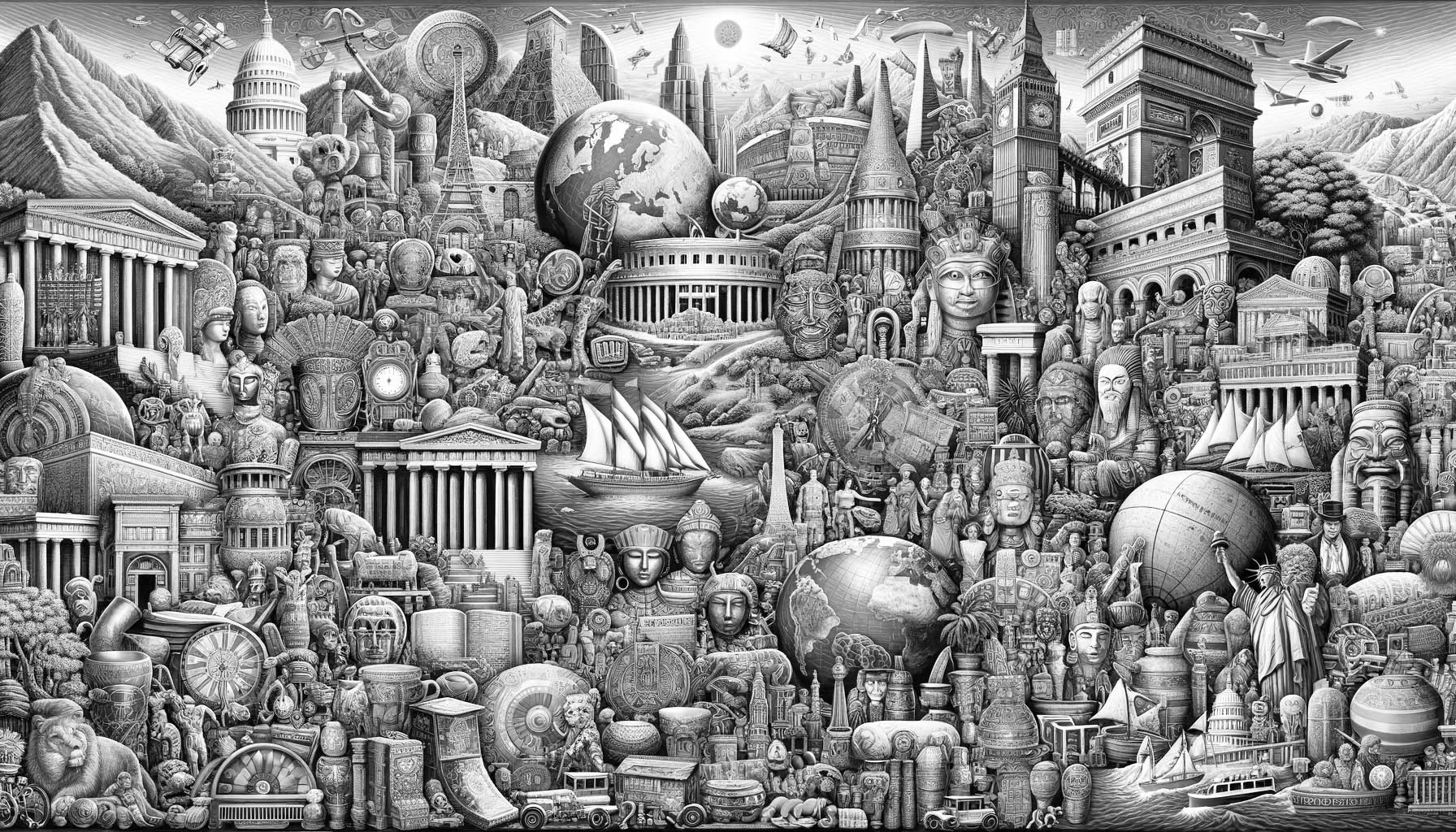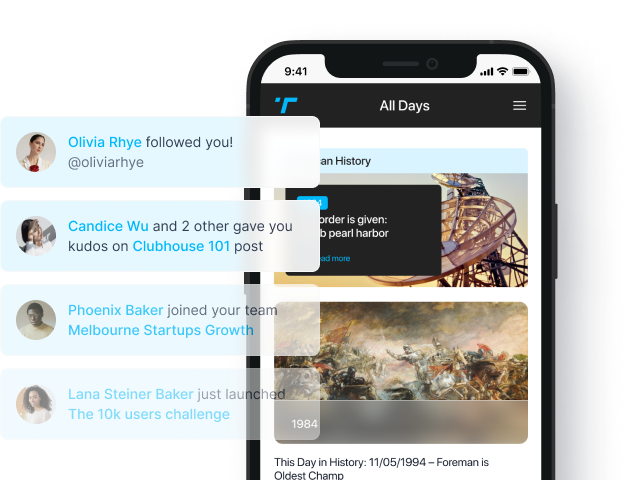Flashback to July 6
World History

January 11, 1787, was a monumental day in the world of astronomy. It was on this day that the talented and passionate astronomer William Herschel made a groundbreaking discovery – the discovery of two moons of the planet Uranus. These moons were named Titania and Oberon, and their significance continues to captivate scientists and astronomy enthusiasts to this day.
William Herschel, a German-born British astronomer, is known for his wide-ranging contributions to the field of astronomy. His discovery of Uranus as a new planet in 1781 positioned him as a leading authority on the study of celestial bodies. Building on his previous achievements, Herschel continued his astronomical endeavors, and on January 11, 1787, he detected two previously unknown moons orbiting around Uranus.
Titania and Oberon are the largest moons of Uranus and play a crucial role in the planet’s system. These moons are named after characters from William Shakespeare’s play “A Midsummer Night’s Dream” in line with the tradition of naming Uranus’ satellites after characters from Shakespeare’s writings. With a diameter of 1,578 kilometers, Titania is the eighth largest moon in the solar system, while Oberon is slightly smaller with a diameter of 1,523 kilometers.
The discovery of these two moons was not only significant in expanding our knowledge of the Uranian system but also in advancing our understanding of the solar system as a whole. Prior to Herschel’s findings, Saturn was the only known planet to have moons. The discovery of moons around Uranus indicated that this phenomenon was not exclusive to one planet and opened up new possibilities for exploration and research.
The identification of Titania and Oberon was not an easy task for Herschel. He painstakingly observed Uranus for an extended period, meticulously recording any irregularities or variations in its movements. Through his dedication and keen eye, he was able to distinguish the two moons from the background of stars, confirming their existence.
This discovery had a profound impact on subsequent developments in astronomy. It encouraged scientists to explore the region beyond the most distant known planet and extend their knowledge of the solar system. Additionally, the discovery of new celestial bodies paved the way for further investigations into the formation and evolution of moons.
Today, thanks to advancements in technology and space exploration, we have been able to gather a wealth of information about Titania and Oberon. Space probes like Voyager 2 and the Hubble Space Telescope have provided us with detailed images and insights into the physical characteristics and compositions of these moons. Such research has contributed to our understanding of the complex dynamics of the Uranian system and offered valuable data for future missions to other moons and planets.
The discovery of Titania and Oberon by William Herschel remains a testament to the power of observation, perseverance, and intellectual curiosity. This momentous event in astronomical history has deepened our understanding of the vastness of the universe and has inspired generations of scientists to continue unraveling its mysteries. The knowledge gained from this discovery continues to fuel our fascination with space and serves as a reminder of the incredible potential for exploration that lies beyond our own planet.
We strive for accuracy. If you see something that doesn't look right, click here to contact us!
Sponsored Content

Thirty-Years War: 4,000 Swedish…
On July 6, 1630,…

The United Arab Emirates…
In a significant move,…

Dadabhai Naoroji elected as…
On July 6, 1892,…

Papal bull of Pope…
Discover the historic significance…

Mindaugas is crowned king…
On July 6, 1253,…

Sir Thomas More executed…
On 7/6/1535, Sir Thomas…

